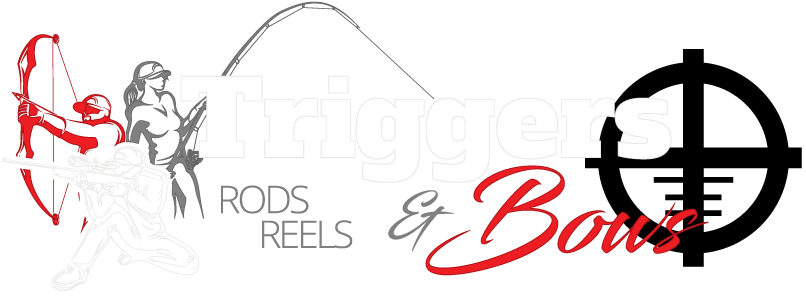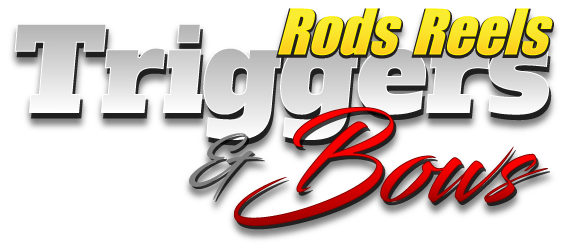How to Choose an Arrow
There are several important factors to consider when choosing an arrow. An arrow’s overall weight and stiffness can affect how it flies. It’s important to ensure your arrow is heavy enough for the type of shooting you will be doing. Arrow weight is also a critical factor in how well your bow handles the stress of shooting. Understanding how to pick an arrow with a proper spine has several key factors. We’ve created this guide to help when choosing an arrow.
What does arrow spine mean?
The spine of the arrow refers to how an arrow shaft's stiffness. Depending on the strength of the bow, arrows require a different amount of flex to fly properly. A properly balanced arrow will flex as it leaves the bow, then return to true and fly straight into the target.
How do I pick the right spine for my bow?
There are a few factors an archer needs to take into consideration when picking the right spine:
- The more poundage your bow has the stiffer your spine needs to be.
- Arrow sizing affects spine requirements. Longer arrows need to be stiffer than shorter arrows.
- Shooting heavier arrow points requires a stiffer arrow shaft.
Arrow spine can affect an arrow's flight. If your arrow shaft is too stiff, it won’t flex enough. This makes it deflect away from the bow at an angle. However, if an arrow shaft is too flexible, it will result in inconsistent shots as the arrow wobbles all the way to the target. Stiffer arrows absorb more power before they begin to flex so the strength of your bow matters. Remember, if you have a longer draw length, your arrow length will be longer and the length of your arrow affects your spine requirements.
Your overall arrow weight can also affect how straight your arrow flies. If you’re changing your arrow tips or inserts, take the weight change into account. When shooting a compound bow, the bow settings may change how stiff your arrow needs to be.
Arrow manufacturers provide charts with spine ranges to help you match your arrow spines to your bow. However, arrow manufacturers make many types of arrows. Take some time to try out a few arrows until you find one that you and your bow like! For example, aluminum arrows will fly differently than wood arrows even if they have similar spine strengths.
Why is arrow weight important?
An arrow’s overall weight can impact how it flies. Arrows fall into three weight categories: Light, mid-range, and heavy. The weight can change how fast the arrow drops, its overall speed, and how deep it pushes into the target. An arrows weight is one factor in determining how much kinetic energy it can store.
Light Arrows:
These arrows fly faster, straighter, and have less drop-off. They can be hard to shoot on windy days because of their weight. Light arrows are used as target arrows more than hunting arrows.
Heavy Arrows:
These arrows fly more slowly. They have more drop-off but carry more kinetic energy. Heavier arrows penetrate deeper into the target. They fly better on windy days than lighter arrows. They are also quieter to shoot since they’ve absorbed more of the energy. These are more likely to be used for hunting than for target shooting.
Carbon arrows are much lighter than wood arrows, but your overall weight includes your arrow shaft, arrow tip, insert, fletchings and nock. Knowing your arrow weight is important; take some time to think about your shooting style and if it requires heavier or lighter arrows.
Can shooting the wrong arrow damage my bow?
Yes, the wrong arrow can damage your bow. It’s important to follow the guidelines for your bow and choose arrows that aren’t too light. Light arrows absorb less energy from the bowstring than heavier arrows. All that extra energy trapped in the bow causes vibrations that can damage your equipment. This effect is the same whether you shoot a recurve or a compound bow.
Remember, when choosing an arrow, its material, thickness, and overall design can impact its spine and weight. For example, carbon arrows are much lighter than traditional wood arrows so even though their spine could be stiff enough, the overall weight might be too low for the bow.
How do I calculate arrow weight for my bow?
To determine if your arrows are in the right weight range, you can use the GPP calculation. You measure this in Grains Per Pound. This calculation takes the total weight of the arrow and divides it by the poundage of the bow. Your bow will have a minimum GPP provided by the manufacturer or bowyer. Most bows will list an acceptable GPP for the bow in the manual.
Your arrow should always be above the minimum threshold to avoid damaging the bow. After that, it’s all about determining for yourself what arrow weight works best. Target shooters often prefer lighter arrows while hunters seem to like the wind resistance and penetration of a heavier arrow. Traditional archers often prefer wooden arrows.
Important Terms:
Spine: The spine refers to how stiff your arrow shaft is. The lower the number listed on your arrow, the stiffer its spine is. The spine is determined by hanging weight from the center of the arrow and measuring the deflection. Alternatively, you can use a compression micrometre.
Grain: Grain is a unit of measure. 1 grain = .00014 pounds (divide the mass value by 7000)
GPI - Grains per Inch: This is the current industry standard for measuring the arrow shaft’s weight. This number does not include the insert, point, fletching or nock. Your arrows GPI should be on the manufacturer’s website, or on the arrow shaft. The number will tell you how heavy your shaft is per inch of length.
GPP - Grains per Pound: GPP uses the arrows total weight (including the shaft, insert, point, fletching and nock). This total weight is divided by the poundage of your bow to get the grains per pound.
Archers Paradox: This is the phenomenon of your arrow flexing around the bow riser, then continuing to fly in a straight line. An arrow that doesn’t flex enough will regularly hit to the left of the target. Its trajectory changes by brushing against the bow.
If you’re still unsure about picking the right arrows for your bow or need help with any other archery gear, call or come by the store. Our on-site archery technician can help you determine the ideal arrow for your bow. We are always happy to help archers get set up to shoot!



